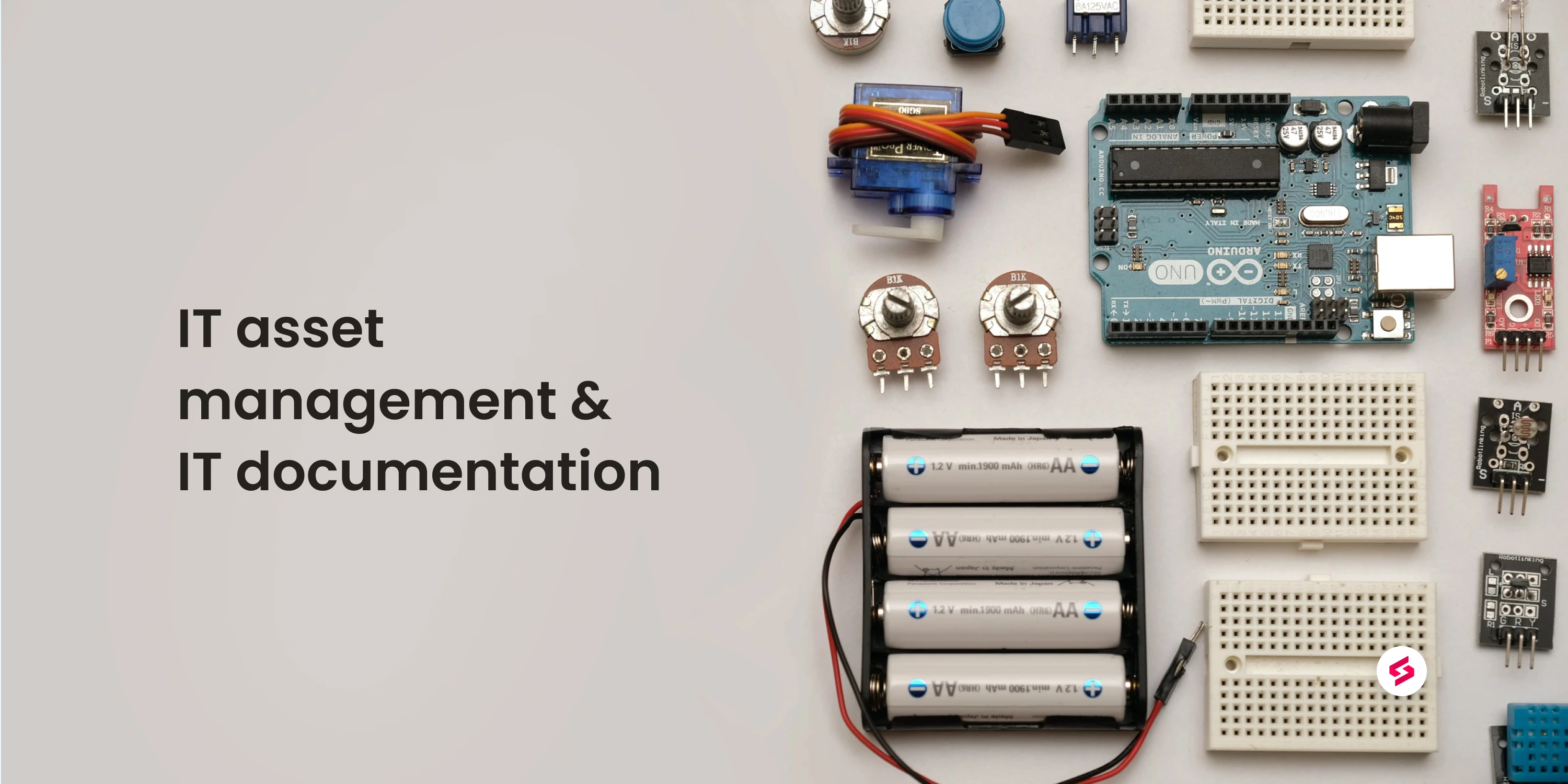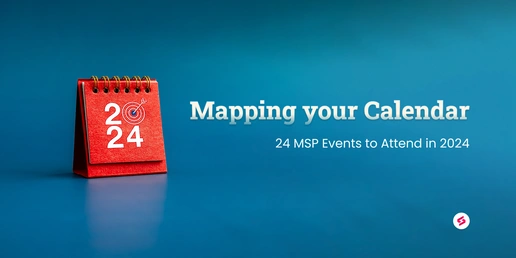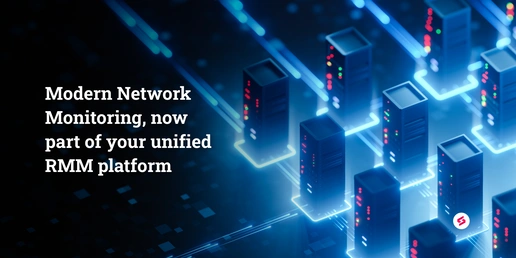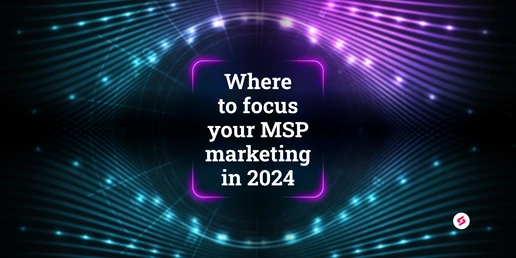A present-day MSP manages various kinds of assets in its clients' IT environments.
From hardware components (printers, laptops, and other physical equipment) to the n number of software, IT is ever-present and is required for the organization to function. This is where IT asset management comes in.
Gartner defines IT asset management (ITAM) as a system that “provides an accurate account of technology asset lifecycle costs and risks to maximize the business value of technology strategy, architecture, funding, contractual and sourcing decisions.” We will break it down a little further.
What is IT asset management?
An ideal definition of an IT asset management (ITAM) system would be an all-encompassing repository that houses information on all assets for all clients and facilitates support for the entire IT asset lifecycle.
Unfortunately, ITAMs have never been perfect. In fact, far from it. In most cases, ITAM isn’t integrated into daily processes and is only brought up when an audit is due. Moreover, there have always been issues with licensing complexities, visibility, and control. We here at Superops.ai aim to revolutionize your ITAM experience and the very way you perceive it.
Why you need IT asset management
You need an IT asset management system because... well, it’s right there in the name. It manages your assets, enables easier handling of the assets, and makes asset recovery easier. “So isn’t ITAM the same as inventory management?”
There’s more to it. ITAM improves the productivity of your organization by optimizing your assets’ life cycle. It also reduces the overhead costs of managing the IT domain. How does ITAM make all of this possible? We’ll get to that later in this article.
Types of IT asset management
- Physical- Entails the discovery and inventory of all the hardware IT components.
- Digital- Entails the tracking of digital assets (multimedia and other digital data).
- Software- This area of ITAM deals with software, compliance, and licensing issues.
- Mobile- Involves measures to ensure efficient portability and adequate security.
- Cloud computing- Management of assets stored in cloud-backed servers.
Benefits of IT asset management
Asset tracking
Asset tracking is important as it provides insight into your clients’ IT assets and how they’re being utilized. It helps you streamline asset usage.
With Superops.ai, you get comprehensive records for all the assets in all your client environments that you look after. It helps you quickly find the information you want, when you want it, in a format that works for you.
IT asset lifecycle
IT assets hold value for a limited amount of time. With ITAM, you can optimize your IT asset’s life cycle and maximize asset life. The asset’s life cycle begins with the acquisition and ends with retirement.
ITAM keeps an eye on the assets’ health through discovery agents. It also takes into account depreciation adjustments, repairs, and upgrades of assets. Superops.ai provides the functionality to support all the stages of your asset’s life cycle.
How IT asset management software helps reduce cost
One of the best ways to reduce costs is to ditch the manual gear and go auto. Traditional IT asset tracking involved a lot of manual input. This is costly. Moreover, it not only led to convoluted management but also led to inaccuracies that cost dearly.
With Superops.ai, automation comes in guns blazing to take care of your asset management needs. Our discovery agent facilitates proper asset maintenance and takes away the need to enter asset info manually. Coupled with a unified IT asset inventory, Superops.ai maximizes infrastructure visibility. Done right, ITAM provides you with insights to improve your profitability as well as your productivity.
What is IT documentation?
IT documentation is an integral part of any organization but is more relevant to managed service providers and other organizations that deal with IT. IT documentation is a detailed account of how tasks are executed and what steps are involved in achieving them.
Why IT documentation is important
IT documentation is a detailed documentation of process executions and comes with an outline of procedures. IT documentation also acts as a guidebook for internal as well as external stakeholders. In addition, it makes for the efficient onboarding of new hires.
IT documentation’s primary importance stems from the fact that it preserves organizational knowledge. It also saves time and effort with its detailed guidelines and reduces the margin of error.
IT documentation best practices
Prioritize information accuracy
Information accuracy needs to be prioritized when it comes to IT documentation. This information is relevant to the organization’s functioning and will be required in various scenarios.
Standardize documentation template
It’s always a good idea to have a standard template in place for your IT documentation. This ensures consistency and smooth usability.
Use documentation as training material
IT documentation can come in handy when onboarding new employees. The recorded information can be used as a guideline to get the new hires in the loop quickly.
Online vs offline IT documentation
This has been a long-running debate. Both of these approaches have their pros and cons. Taking the online approach makes it easier to circulate information. It also makes for flexibility and portability, especially with WFH quickly becoming the norm. This approach also makes it easier to collaborate. There is, however, a higher level of risk. It is also going to be difficult to backup data in case of a poor internet connection.
At the same time, the offline approach gives you more control and is more secure. Moreover, there is no need for a consistent internet connection with this approach.
However, offline documentation limits collaboration and updates. The publishing workflow is also not as efficient as the online approach.
Benefits of having a single platform for both IT asset management and IT documentation
Superops.ai unifies ITAM and IT documentation, allowing you to create a well-defined framework for your IT documentation. As a result, we take away the hassle of using an extra tool to document and manage your non-managed assets.
In our tool, the IT documentation section pertaining to an asset is placed on the same page. Therefore, you can also manage all your monitored and unmonitored assets in one place.
Superops.ai brings in the best of both worlds and provides complete control over your assets and IT documentation.





